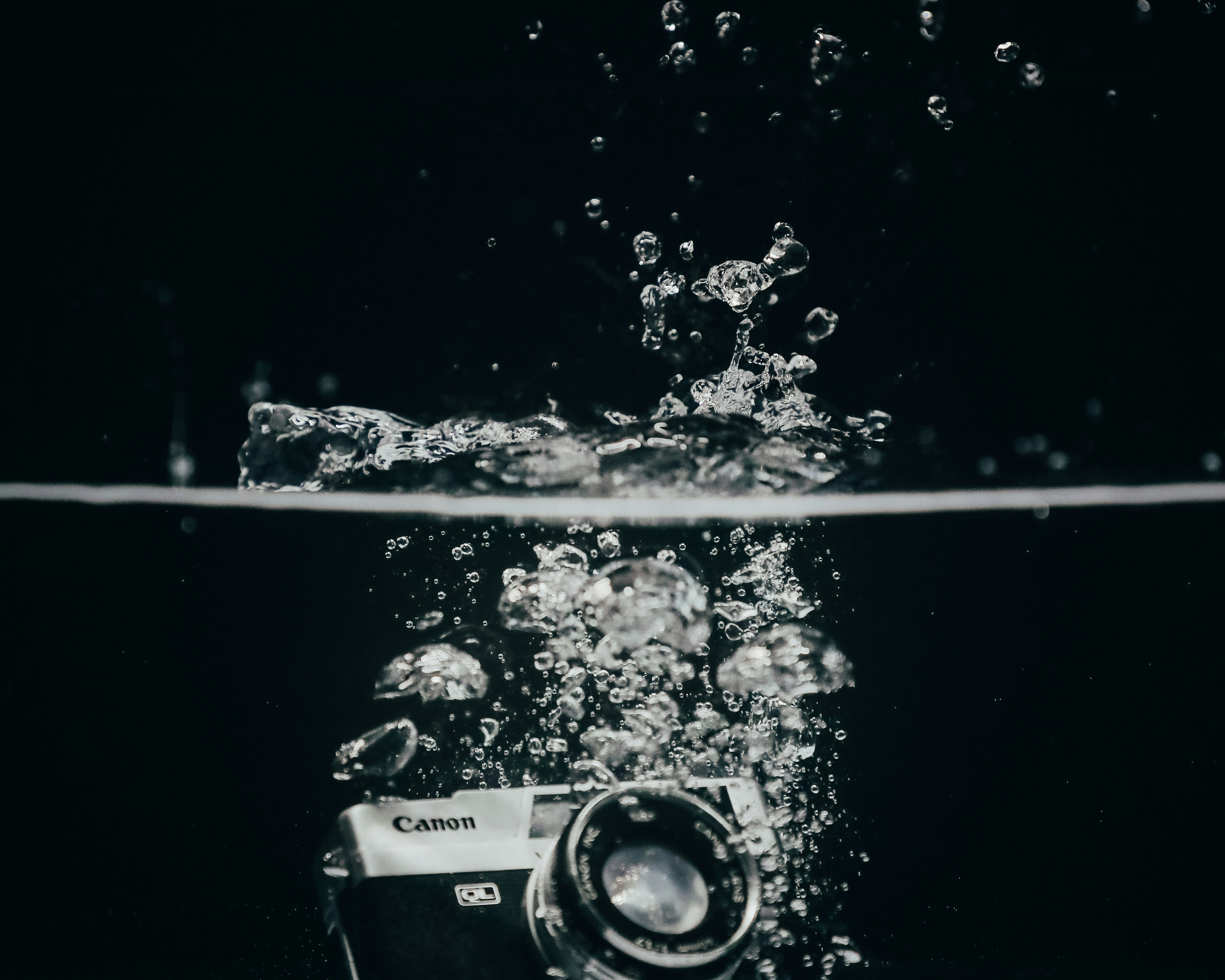Decoding Invisible Photography: Unleash Ultrasonic Waves
In the age of digital cameras and smartphones, we often overlook the realms that lie beyond the spectrum of visible light. From the stunning landscapes captured at dusk to vibrant street photography bathed in golden hour sunshine, visual elements dominate our understanding of photography. But what if there’s so much more out there, hidden from our eyes, waiting to be unveiled through innovative techniques? In this article, we will delve into the fascinating world of invisible photography, exploring how ultrasonic waves can help us capture the unseen.
The World Beyond Vision

Traditionally, photography has been confined within the boundaries of visible light—light we can see. Yet, the invisible spectrum includes not only ultraviolet and infrared light but also a wave range we have only begun to understand: ultrasound. By harnessing these ultrasonic waves, photographers can explore environments that are otherwise inaccessible to the naked eye.
Imagine capturing the intricate details of a plant’s internal structure or the movement of air currents in a bustling city. These are just a couple of the wonders hidden within this invisible world. The secret lies in the ability to translate ultrasonic signals into visual representations, thus offering an entirely new way to experience and understand our surroundings.
How Ultrasonic Waves Work in Photography

Ultrasonic waves are sound waves with frequencies higher than the upper audible limit of human hearing, typically above 20 kHz. In imaging, these waves can reveal structures that light and conventional cameras fail to visualize.
Technology Behind Ultrasonic Imaging

Cutting-edge companies are developing imaging systems that use ultrasonic waves, such as Hogan Labs and GeoQuest. These devices emit ultrasonic waves, and by measuring the echo that returns after hitting an object, they create a detailed image.
Different materials interact with ultrasonic waves in unique ways, leading to variations in the resulting image. By analyzing these echoes, photographers and researchers can glean insights about the physical and chemical properties of various subjects. The implications for fields like art restoration, environmental monitoring, and even medical diagnostics are immense.
A Practical Example

Imagine attending a festival where soundwaves bounce off huge kinetic sculptures, changing shape with every sound pulse. Using ultrasonic photography, you could capture the vibrations that the naked eye can't see. Each print would not only signify that moment but also encapsulate the invisible sounds surrounding the scene.
Creating Art with Ultrasonic Photography

Photography, at its core, is about storytelling and evoking emotions. Ultrasonic photography opens new chapters in this narrative, granting artists a fresh medium to express the unseen elements of their environments.
Building a Concept

Before you even think about your gear, think conceptually. What story do you want to tell? How do you envision invisible elements playing a role in that narrative? Perhaps it’s a representation of soundscapes that blend seamlessly into urban environments, or a study showcasing life in crowded spaces as perceived through the lens of ultrasonic frequencies.
Gear for Ultrasonic Photography

Investing in gear that can produce and analyze ultrasonic waves is crucial. Look into devices designed specifically for ultrasonic photography, which can range from handheld gadgets to complex setups integrated with existing cameras.
For optimal results, pairing these gadgets with standard tools can enhance your photography process. For example, consider reading Crafting Photographic Narratives that delve into how light interacts with shadows. Furthermore, make sure to explore gear recommendations in posts like Must-Have Camera Accessories, which can complement your ultrasonic setup.
The Aesthetic of the Unseen

Ultrasonic photography is not solely a technical endeavor; it’s also an artistic venture. The best images are those that evoke feelings, as seen in other practices like emotion-driven portrait photography. Seamlessly weaving themes of sound, light, and emotion into your work can elevate your photography to unexplored territories.
For example, the parallel between audible soundscapes and visual elements can lead to startling discoveries. Imagine how an echo translates into vibrant patterns—intricate enough to engage both emotions and intellect.
Finding Inspiration

To fuel your creativity, consume diverse forms of art. Look at how artists and photographers manipulate invisible elements and reinterpret narratives through different lenses. From contemporary installations examining texture and emotion, like those expressed in weather photography, to innovative uses of color, such as found in color psychology, there are endless possibilities to explore.
Practical Applications

Beyond artistic expressions, ultrasonic photography has essential applications in various fields. Considerations like environmental research or historical preservation highlight some of these practical uses.
Environmental Research

For environmentalists, these imaging techniques can provide insights into ecosystems, revealing the unseen layers of life beneath our feet. Ultrasonic photography can help visualize soil structures, aiding in the understanding of nutrient distribution in agricultural contexts.
Medical Imaging

In medical settings, this technology is already making significant contributions. Ultrasonic imaging is a valuable tool in diagnostics, transforming the way healthcare professionals visualize organs, tissues, and their interactions.
Art Conservation
Ultimately, artists and restorers looking to preserve historical artifacts can utilize this method to visualize degradation. Capturing unseen structures within ancient artworks can drastically inform restoration techniques, ensuring the continued legacies of our cultural heritage.
Expanding Your Skill Set
To harness ultrasonic photography fully, enhancing your technical skills is essential. Take courses that delve deeper into sound dynamics, wave frequency, and their applications in photography. Platforms like Coursera or Udemy provide great resources where you can learn from industry experts.
Additionally, practicing with ultrasonic gear while remaining curious can lead to exciting discoveries. Create a portfolio showcasing your journey and how these techniques have altered your photographic perspective.
Final Thoughts: Dive into the Unseen
Embracing ultrasonic photography not only opens doors to incredible creativity, but it also allows photographers to capture and appreciate the world hidden from plain sight. As we bridge the gap between the visible and invisible, we create a more profound connection with our surroundings.
This exploration may transform how you view your photography gear or even motivate you to conduct experiments on how sound waves interact with light. So, whether you’re capturing urban landscapes or profound emotions, consider how ultrasound can enrich your storytelling.
You have the tools—now, dive into the unseen and let your photography unlock hidden realms!


